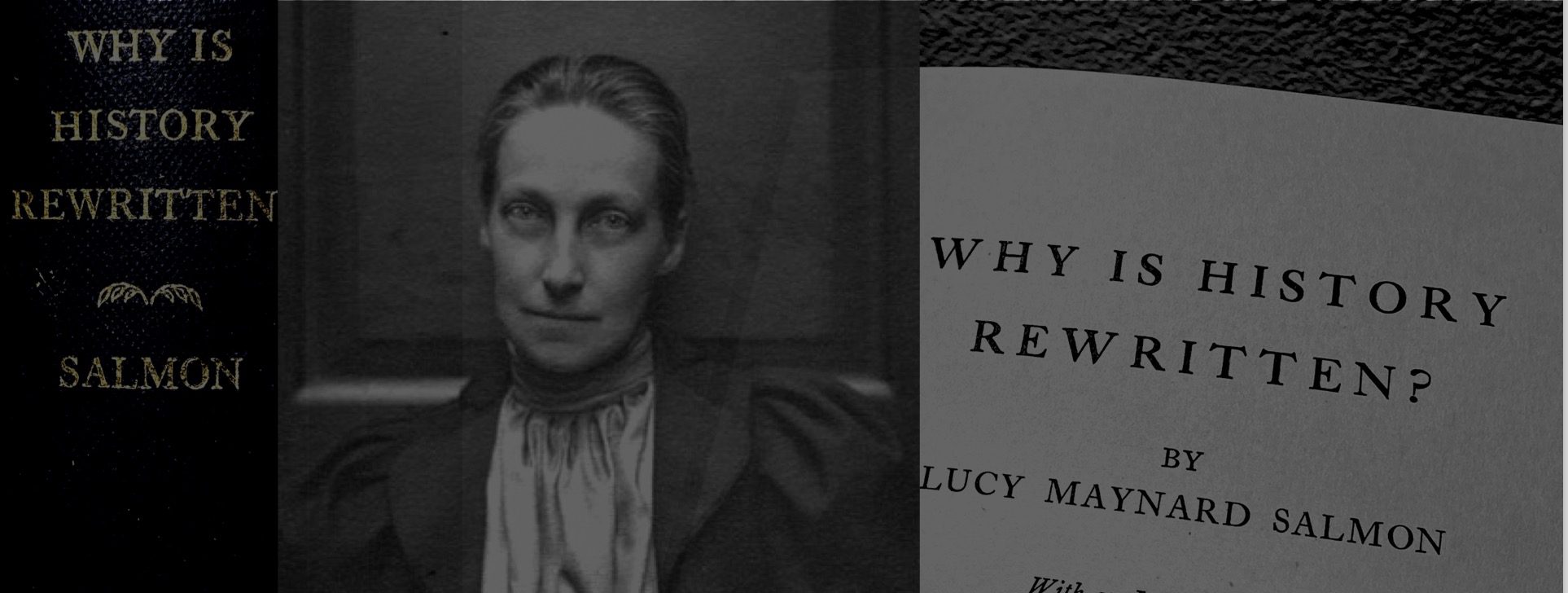Can informed and civil conversations promote understanding of diverse views?
Increasingly, national conversations about what history should be taught emerge in very confrontational ways. Lucy Maynard Salmon suggested a century ago that the history that should concern us all, that we should all rally around, is historical truth.
Lucy Maynard Salmon on the Importance of Rewriting History
In the constant pursuit of greater truth, Salmon advocates the rewriting of history becuase of new information and discoveries and the removal of blind spots.
Thoughts on how & why history can be seen to change
“Many histories represent preconceived ideas rather than conclusions deducted from a study of facts…”
“[Each] new day may enable us to readjust our vision, to see the past in a truer perspective, to clear away the mists that have obscured the truth.”
Under the title Why History is Rewritten? Vassar College Professor Lucy Maynard Salmon wrote about why subsequent generations need to “rewrite” history.
She did this in an article published in 1912 (below) and in a posthumously published book in 1926 with that title.



